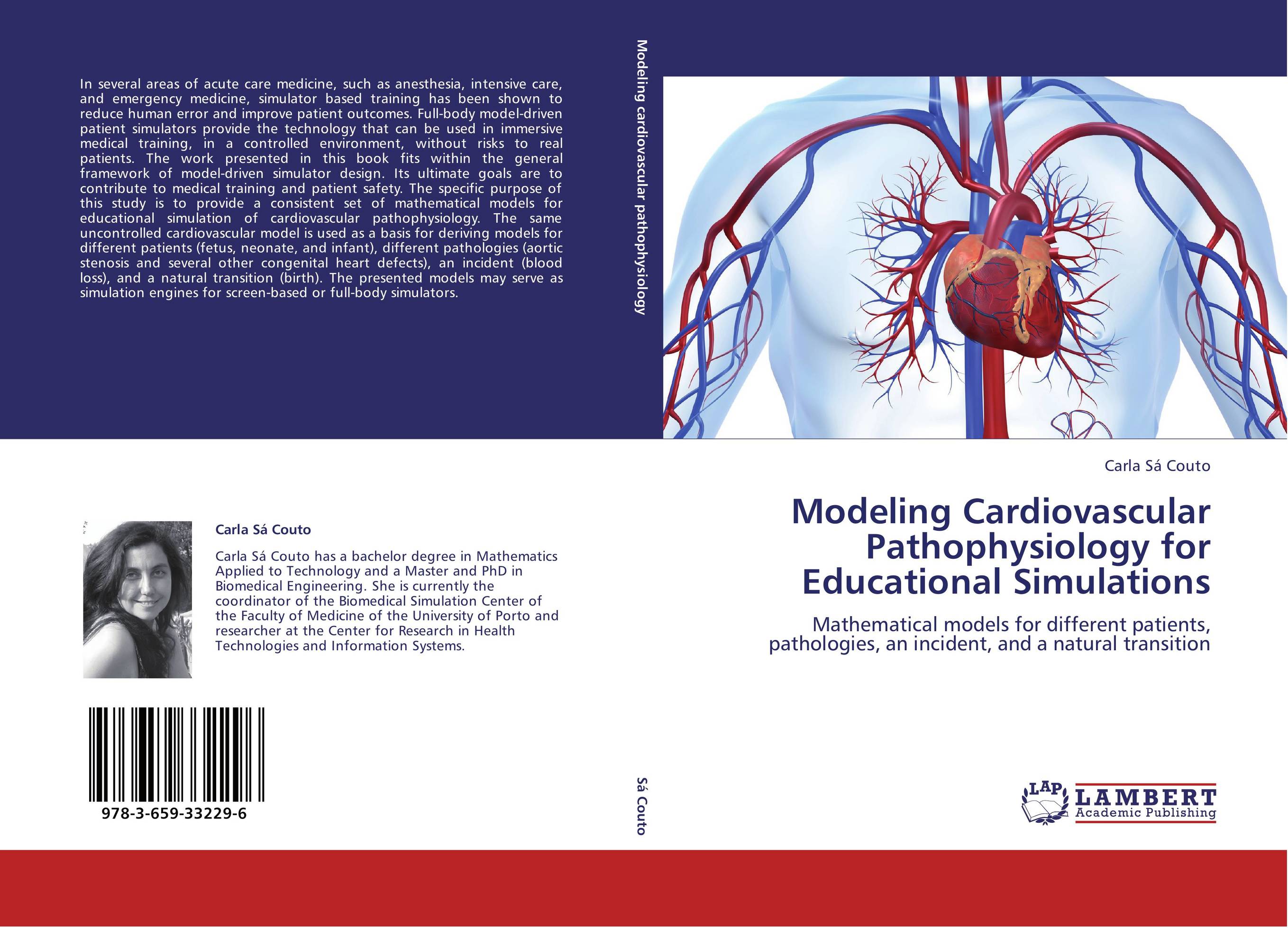| Поиск по каталогу |
|
(строгое соответствие)
|
- Профессиональная
- Научно-популярная
- Художественная
- Публицистика
- Детская
- Искусство
- Хобби, семья, дом
- Спорт
- Путеводители
- Блокноты, тетради, открытки
Modeling Cardiovascular Pathophysiology for Educational Simulations. Mathematical models for different patients, pathologies, an incident, and a natural transition

В наличии
| Местонахождение: Алматы | Состояние экземпляра: новый |

Бумажная
версия
версия
Автор: Carla S? Couto
ISBN: 9783659332296
Год издания: 2013
Формат книги: 60×90/16 (145×215 мм)
Количество страниц: 156
Издательство: LAP LAMBERT Academic Publishing
Цена: 41601 тг
Положить в корзину
| Способы доставки в город Алматы * комплектация (срок до отгрузки) не более 2 рабочих дней |
| Самовывоз из города Алматы (пункты самовывоза партнёра CDEK) |
| Курьерская доставка CDEK из города Москва |
| Доставка Почтой России из города Москва |
Аннотация: In several areas of acute care medicine, such as anesthesia, intensive care, and emergency medicine, simulator based training has been shown to reduce human error and improve patient outcomes. Full-body model-driven patient simulators provide the technology that can be used in immersive medical training, in a controlled environment, without risks to real patients. The work presented in this book fits within the general framework of model-driven simulator design. Its ultimate goals are to contribute to medical training and patient safety. The specific purpose of this study is to provide a consistent set of mathematical models for educational simulation of cardiovascular pathophysiology. The same uncontrolled cardiovascular model is used as a basis for deriving models for different patients (fetus, neonate, and infant), different pathologies (aortic stenosis and several other congenital heart defects), an incident (blood loss), and a natural transition (birth). The presented models may serve as simulation engines for screen-based or full-body simulators.
Ключевые слова: mathematical modeling, hemodynamics, PATHOPHYSIOLOGY, Cardiovascular, educational simulation, birth transitions, congenital heart deffects



